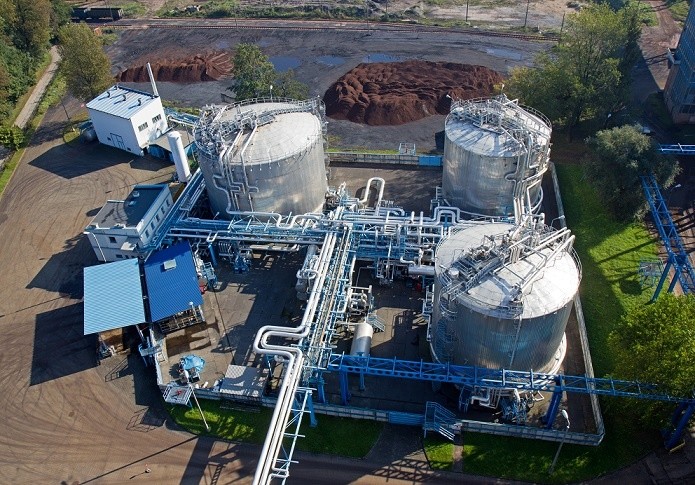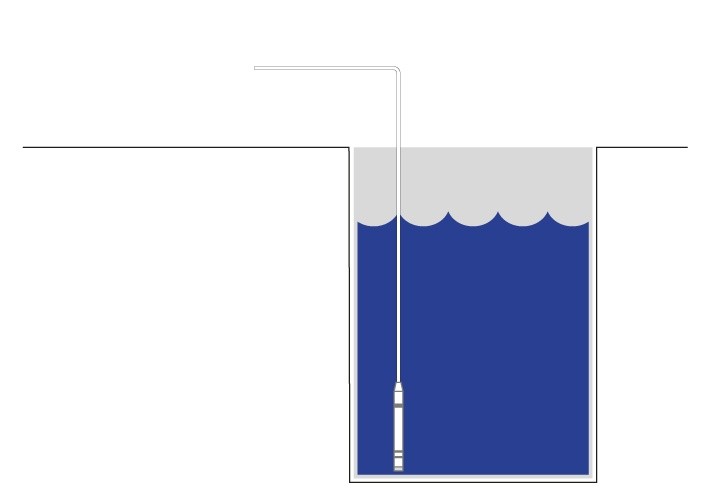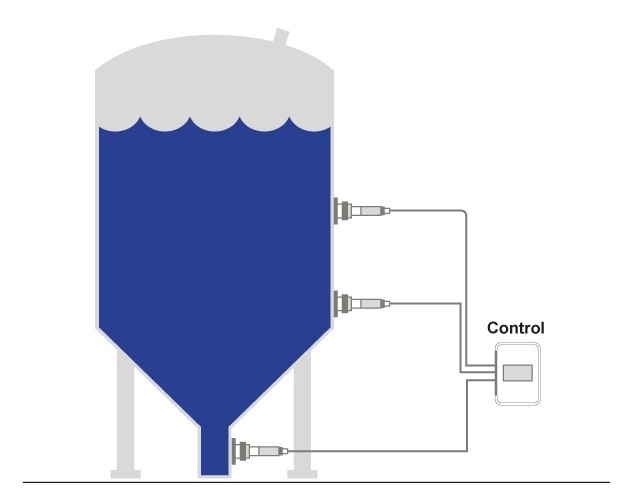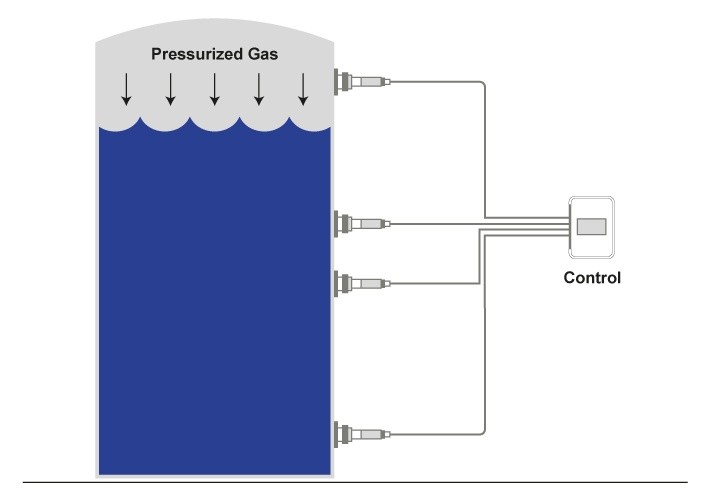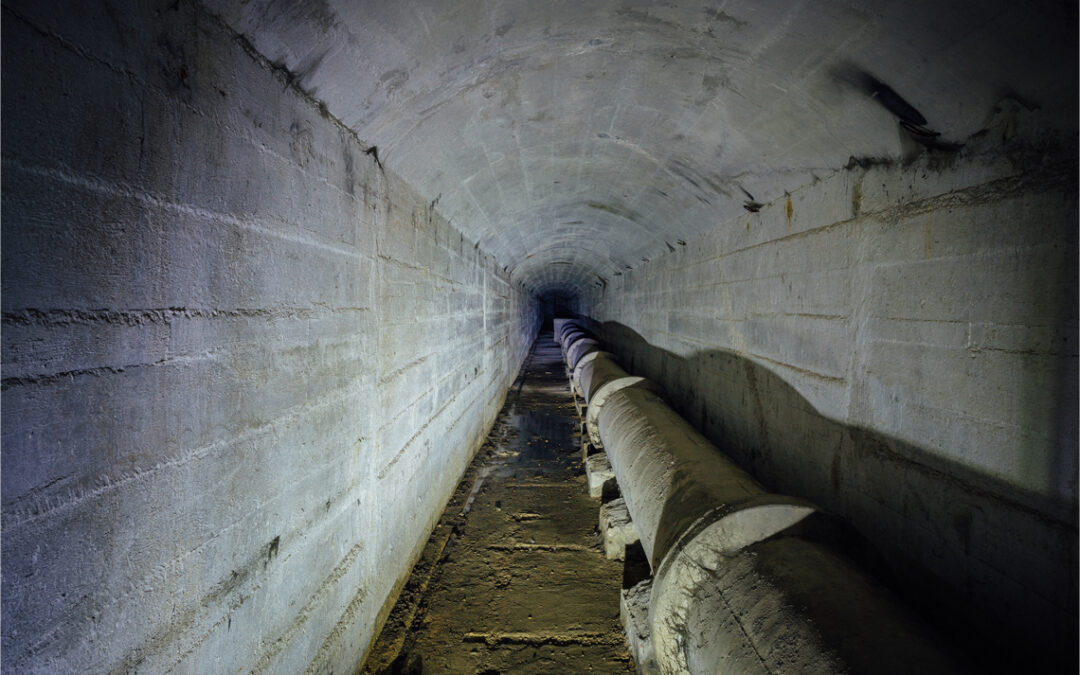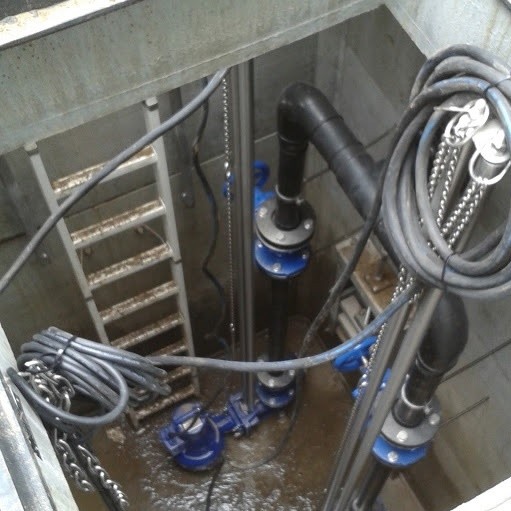
Reliable groundwater and surface water monitoring in Romania
A seamless control system with alarm function is required to perform precise water level measurements and to make reliable forecasts on potable water supply, as well as to anticipate floods. Together with its partner MDS Electric Srl, STS has implemented a comprehensive system for groundwater and surface water management in Romania.
Romania draws a major part of its potable water from surface waters such as the Danube, as well as from groundwater resources. A sound management of these natural resources is therefore of huge importance.
To safeguard potable water supply and to protect from flooding, the nation has invested in a comprehensive hydrological measurement infrastructure.
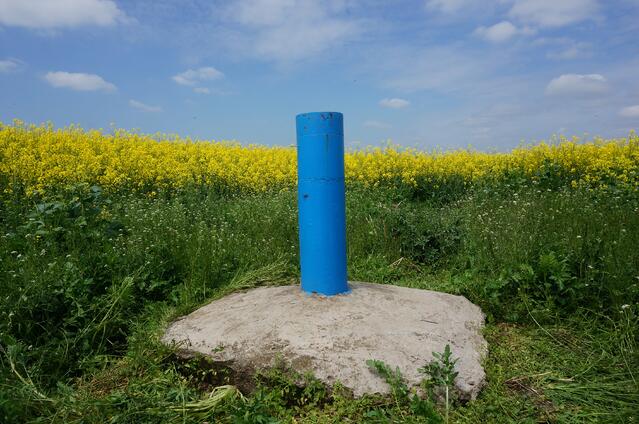
Figure 1: Groundwater measurement point
In collaboration with its Romanian partner, MDS Electric Srl, over 700 data loggers and more than 350 data transmission systems have thus been installed throughout the country in recent years – also including remote areas. For this reason, the primary investment was in battery-operated measuring instruments, which monitor the current situation on the rivers of the Danube region and also the groundwater resources across the country.
Requirements-specific measurement solutions
This was a complex undertaking, since each of the submersible probes and data transmission systems deployed required a different assessment and intervention to comply with their respective conditions. An automatic alarm function was also indispensable in this case, should predefined limit values be exceeded.
The permanent monitoring of water levels at important nodes across the potable water supply, as well as the rivers of the Danube region, hinges upon a multitude of requirements:
- An automated and dependable data transfer via M2M protocol
- Automatic alarm function when limit value is exceeded
- Monitoring of water level and temperature, as well as ambient temperature in some instances
- A server solution with functions for visualizing, evaluating and processing the measured data, as well as the integrated database
- Easy installation and maintenance
- On-site support service
For the implementation of this large-scale project, STS opted in pressure and temperature measurements for the DL/N 70 and WMS/GPRS/R/SDI-12 data loggers, or – depending upon requirement – the DTM.OCS.S/N digital data transmitter with Modbus interface to ensure highly precise water level measurement to a 0.03 percent accuracy at critical points.
In association with our local partner MDS Electric Srl, STS was able to realize the entire water level monitoring system from a single source. Each installation point was evaluated on-site by experts from MDS Electric Srl and STS, in order to install a custom solution at each of those individual measurement points. The long-term stability of the pressure measurement technology deployed is also guaranteed. The Modbus transmitter DTM.OCS.S/N excels in this area with an excellent long-term stability of less than 0.1 percent total error per annum. Because of its low energy consumption and robust design, this sensor performs largely maintenance-free for years on end.
Further advantages of the DTM.OCS.S/N in brief:
- Pressure range: 200mbar…25bar
- Accuracy: ≤ ± 0.15 / 0.05 / 0.03 % FS
- Operating temperature: -40… 85 °C
- Media temperature: -5…80 °C
- Interface: RS485 with Modbus RTU (standard protocol)
- Simple implementation in existing Modbus systems
- Easy adjustment of span and offset
